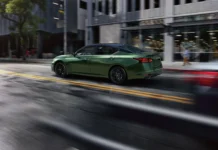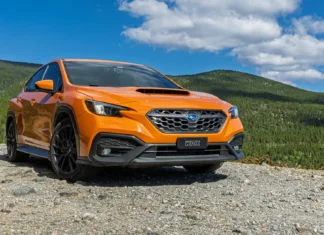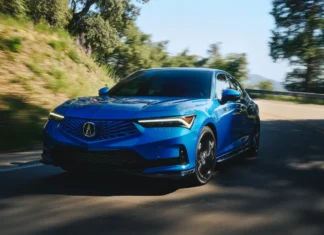
Autonomous systems aren’t quite ready for primetime just yet.
We’ve followed news for months upon months that manufacturers are investing heavily in autonomous systems. Not just cars, either – the concept goes much further than that. It’s about changing our infrastructure as well, so we end up with an entire traffic control network. An interconnected web of traffic lights, cameras, cars, and other devices that talk to each other seamlessly. Cars and buildings will feed a tidal wave of information to each other, and all this is done in pursuit of making our roads safer.
There is certainly merit to that goal. More than 40,000 people in the U.S. died on the roads last year. That means that, on average, 110 people will be a casualty in a vehicle today, and every day for the rest of this year. Accidents do happen, but many are preventable. One big problem is that humans, for all our cleverness, can be unpredictable. Not so with autonomous systems – if they’re speaking to each other, surely they will have all the data they’ll ever need to avoid nearly every possible crash scenario. Right?
Security vulnerabilities are a major concern
On its face, you’d be right about that. If every car or building or traffic control device knew what every other vehicle or device was doing on the road, the unpredictability factor would largely cease to be an issue. However, infrastructure engineers are among those concerned over the legal, ethical and security issues surrounding these systems. Take our most recent TFLnow Live show, for example. We interviewed J. Luke Bennecke, author of Civil Terror: Gridlock, whose account of a widespread autonomous network suffers disastrous consequences as the result of a terrorist attack.
When the system in the book goes live, all is well until a terrorist takes over the system and forces cars to crash into each other, killing thousands instantly. People blame one of the engineers for the attack, and he works with an FBI agent to prove his innocence. The issue at play is this: when we fully give up control over our cars with autonomous systems, security is a major concern.

Can human-driven and autonomous cars really mix?
Apart from security risks, another problem facing autonomous systems, at least in the short term, is their ability to interact with humans. Humans who drive too quickly, humans who text and drive, humans who change lanes without signaling, and so on. A recent crash in Phoenix, Arizona scratched off one Waymo minivan, thanks to a driver who crossed over to its side of the road. The driver who hit the minivan sped through a red light, and swerved to avoid another car traveling through the intersection. In doing that, the driver swerved into oncoming traffic, smashing into the van. Waymo released a short clip of the accident.
Now, like many accidents, that one seemed to take place in the blink of an eye. On that basis, even autonomous systems may struggle to react. But one of the major selling points of these systems is that they’re supposed to manage those sorts of conditions better and faster than humans can. Humans are an unpredictable bunch, however, so that issue is still a tricky one to sort out. Companies like Waymo are still testing extensively and the technology will improve over time. With legal, ethical, security and infrastructure questions still floating in the air, autonomous systems may be further off than you think.
What do you think about the development of autonomous systems? Let us know in the comments! Subscribe to The Fast Lane Car and TFLnow for more videos published throughout the week.























